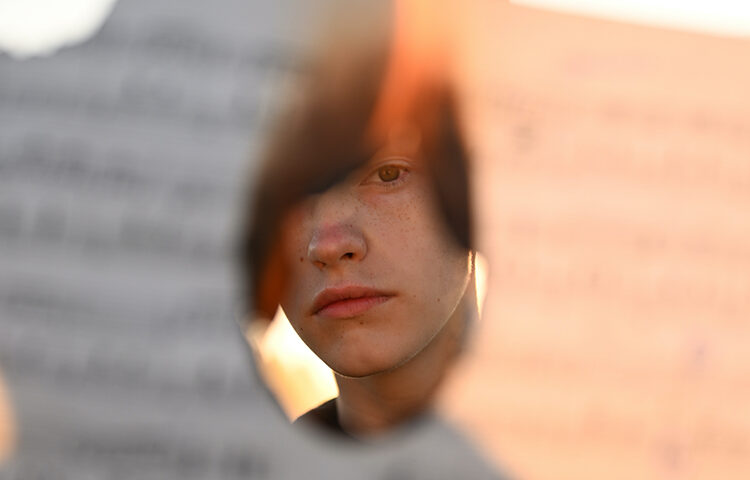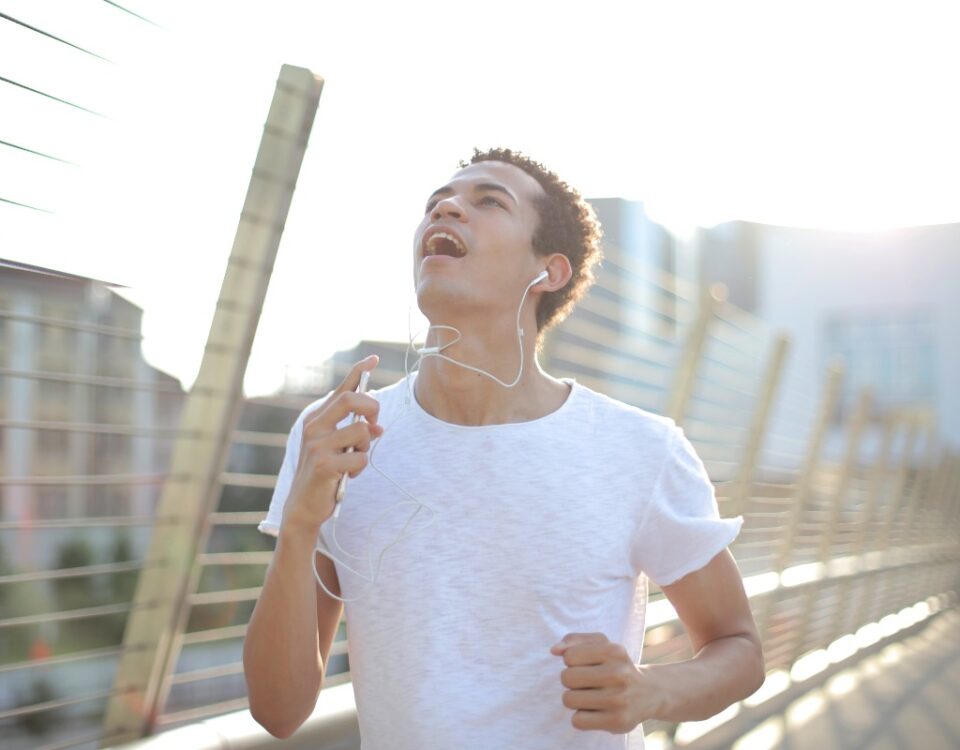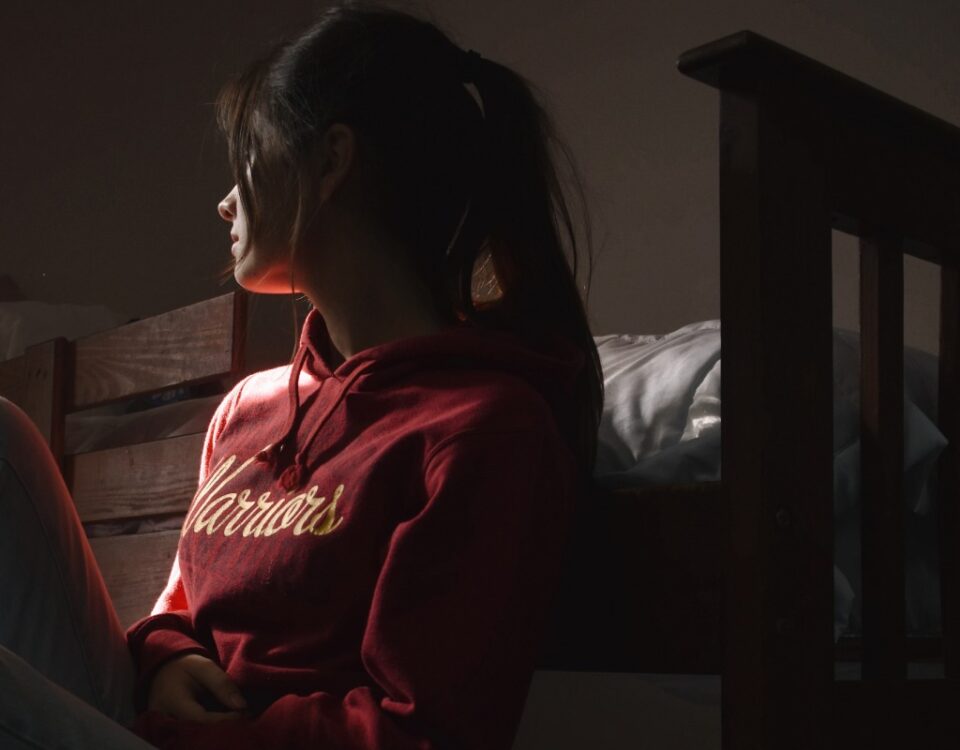
Baby Boomers Face Addiction Issues
November 7, 2021
How to Develop a Self-Forgiving Routine
November 15, 2021Using substances at college is a ritual many students see as vital to their college experience. Unfortunately, whether they entered college with an established substance use habit or started to use substances once they entered college, the circumstances of college can cause substance use to escalate.
College Life
Going to college is, for some, the first time many live without curfews or other limitations. College is the time when you learn more about yourself. Some treat college as a rehearsal for the rest of life. Ultimately, though, college life is what you make of it. You have the power to make your own decisions about classes, social activities, and substances. For many, substance use becomes a part of the college life experience.
Marijuana
There is marijuana use every day on college campuses across the United States. According to the government website Campus Drug Prevention, more college students use marijuana than any other drug. Many college students don’t think there is a risk of either smoking or ingesting marijuana. As states loosen restrictions on using marijuana, the stigma is also decreasing. Professor John Schulenberg reports that in 2021 marijuana use among college students is at a 40-year peak. Professor Schulenberg conducted a study to determine the daily use of marijuana on college campuses.
Marijuana may be legal in some states, but it isn’t harmless. Some harmful effects of marijuana use include:
- Higher rates of delayed enrollment in college and in dropping out of college
- Lower grades
- Respiratory issues
- An increased chance of engaging in risky sexual behavior
- A higher rate of associated alcohol use
Beyond the health risks like cancer, respiratory issues, or risky behavior, marijuana also contains other psychoactive substances that are harvested from the plant and used in other ways. For example, Delta-8 THC is psychoactive. The cannabis plant makes delta-8 THC, but there isn’t a significant amount contained within the plant itself. People manufacture delta-8 THC from hemp-derived cannabidiol (CBD). People who use delta-8 THC may experience adverse effects.
The Stages of Alcohol Use
According to a national survey, approximately 53 percent of full-time college students drank within the past month. Of those, about 33 percent met the criteria for binge drinking. What is binge drinking? Binge drinking is one of the levels of alcohol use. The levels are
- Drinking in moderation. Any adult of the legal drinking age can decide whether or not to drink in moderation. Alcohol consumption is two drinks or less for men and one or less in a day for women.
- Binge drinking. The National Institute on Alcohol Abuse and Alcoholism (NIAAA) says binge drinking is a pattern of drinking five or more drinks for men or four or more drinks for women in approximately 2 hours. College students can fall into this category if they have a pattern of going to parties or social events and drinking excessively. If you’re not sure if you’re a binge drinker, try to remember how much you drank the last time you were at a party or social event.
- Heavy alcohol use. Having more than four drinks a day or more than 14 per week is heavy alcohol use for men. When women drink three or more drinks a day or more than seven drinks a week, they consume alcohol heavily.
For some, drinking is an excuse to get together with friends, alleviate stress, relieve boredom, and help numb feelings of depression or anxiety. However, consistent alcohol use is not moderate drinking. If you drink to feel good, you may increase your intake over time, potentially putting yourself at risk for an alcohol use disorder (AUD).
Sometimes the best way to know if you have an alcohol use disorder is to step back and evaluate your drinking patterns. Ask yourself when you drink, how often, and why you drink. Maybe you will recognize a pattern. Another way to find out if you have an alcohol use disorder is to take the Alcohol Use Disorder Identification Test.
Other Substances
Alcohol and marijuana aren’t the only types of substances you can find on college campuses. Club drugs, psychoactive drugs, and hallucinogens are other drugs found there. Psychoactive drugs, when taken, can alter your perception, cognition, consciousness, emotions, or mood. The use of these drugs can cause harm, short-term or long-term. Unfortunately, because the process of manufacturing these drugs varies, the damage they can cause is unspecified. More to the point is you don’t necessarily know what is in them. Ask yourself how often you use these types of drugs. Can you tell if they are negatively affecting your life? The Drug Abuse Screening Test (DAST) can help you determine if you need help for addiction.
Struggling with alcohol or marijuana use can happen to anyone. If you think you have an SUD, you can find help at a local addiction treatment program. If you don’t know how to find a treatment center, a doctor or an addiction specialist can guide you to the treatment you need. The decision to seek help for your substance use disorder takes a lot of strength and courage. Whether you misuse alcohol or drugs, know that you can find help. Maybe you want to receive substance addiction treatment while you still go to college. Many cities and towns have centers that provide treatment that works with your schedule. For example, in Fort Myers, The Kimberly Center offers intensive outpatient and outpatient programs that accommodate your school or work schedule. We want to guide you to a healthier lifestyle. We welcome any questions you may have about substance addiction or entering our program. Call us at (855) 452-3683.




